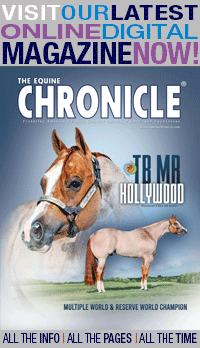U.S. Border Patrol Horse With Longest Record of Active Service Has Retired
January 15, 2020 Comments Off on U.S. Border Patrol Horse With Longest Record of Active Service Has Retired
Noelle Almrud, director of the Cleveland Amory Black Beauty Ranch, said, “We are honored to provide a home where Bob can live out his retirement grazing on hundreds of acres, enjoying sunshine on his back, roaming with a herd, running and kicking up his heels. Since he was accustomed to humans in his work, our devoted caregivers are more than happy to give him all of the attention – and treats – that he desires and deserves.”
Continue reading …Former Alumni Plans to Include Equine Program in Her Estate Plans
January 12, 2020 Comments Off on Former Alumni Plans to Include Equine Program in Her Estate Plans
“There’s often young people interested in horses and they don’t have the opportunity to work with high-quality talent,” she explained. “This is something I would have wanted to do at the university when I was a student there.”
Continue reading …Selecting Siding For Your Horse Barn
January 10, 2020 Comments Off on Selecting Siding For Your Horse Barn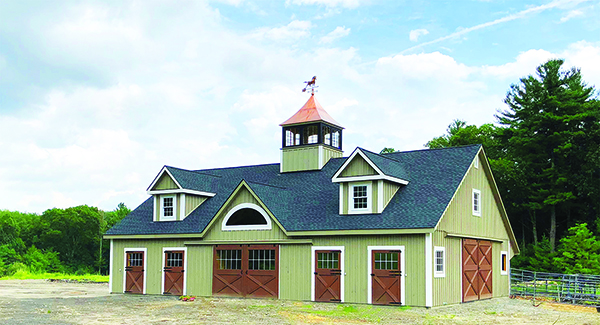
It is true that traditional siding such as board and batten is cheaper than more modern materials such as LP Smartside or LP Techshield. Metal materials can be galvanized or treated coatings to extend their lifespan. Gavalume is an example of a commonly used metal for siding and roofing. It is a steel sheet that has an electrolytically applied coating of a combination of zinc and aluminum.
Continue reading …Ride With a Pro at Equine Affaire 2020
January 9, 2020 Comments Off on Ride With a Pro at Equine Affaire 2020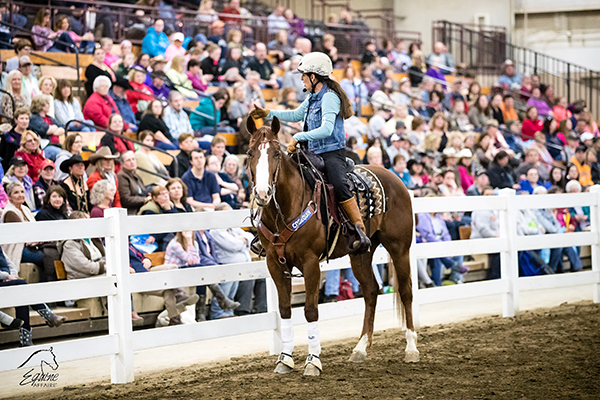
This year’s lineup of presenters includes such equestrian all-stars as Jonathan Field, Craig Cameron, Warwick Schiller, Tik Maynard, and Lynn Palm, presenting on general training and horsemanship. Other featured clinicians and topics include JR Robles (general training & colt starting), Lynn Palm (Western dressage), Jim Thomas (general training & horsemanship), Jonathon Millar (hunter/jumper), Steve Colclasure (cutting & reined cow horse), Jeremy Steinberg (dressage), Kevin Oliver (reining and trail), Kristen Weaver Brown (barrel racing), Liz Austin (dressage), Heidi Potter (centered riding), Rick Christy (western horsemanship and hunter under saddle), Suzy Stafford (driving), Simon Cocozza (core strengthening & yoga for horses), Sarah Track (saddleseat), Paul Garrison (mules), and Heidi McLaughlin (overcoming fear).
Continue reading …Study Shows Increased Whip Usage Correlated With Increased Faults
January 8, 2020 Comments Off on Study Shows Increased Whip Usage Correlated With Increased Faults
The findings revealed that approximately 76% of riders carried a whip of which 14% of those riders actually used their whip in competition. Additionally, this study found that increased whip usage correlated with decreased performance (increased faults).
Continue reading …How Do We Measure a Horse’s Quality of Life?
January 6, 2020 Comments Off on How Do We Measure a Horse’s Quality of Life?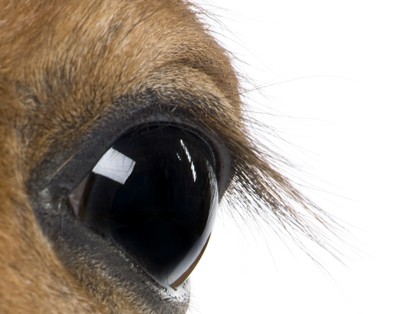
Hayley Randle, from Charles Sturt University, AU, presented on the results from the physical measures related to a horse’s emotion. Randle explains, “Heart rate (HR), heart rate variability (HRV) and cortisol are the most commonly measured physiological indicators of equine emotion. Other suggested indicators include eye temperature, respiratory rate and salivary alpha amylase, but many of these lack validation in relation to association with emotional state. There were methodological problems with all of the measures we looked at, such as the lack of standardization of reporting and interpretation.”
Continue reading …Horses Blink Less, Twitch Eyelids More When Stressed
December 26, 2019 Comments Off on Horses Blink Less, Twitch Eyelids More When Stressed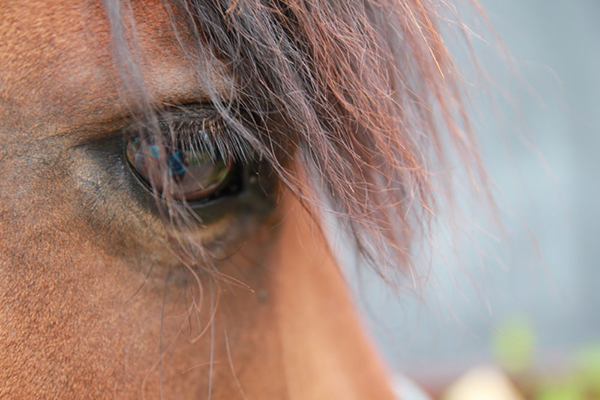
“When we train horses, we specifically teach them to suppress their stress responses because we don’t want horses to react when they are startled or nervous. But even if they’ve learned to suppress their reaction, it doesn’t actually decrease the stress they feel,” she said.
Continue reading …Latex Exposure Could be Detrimental to Horse Health
December 26, 2019 Comments Off on Latex Exposure Could be Detrimental to Horse Health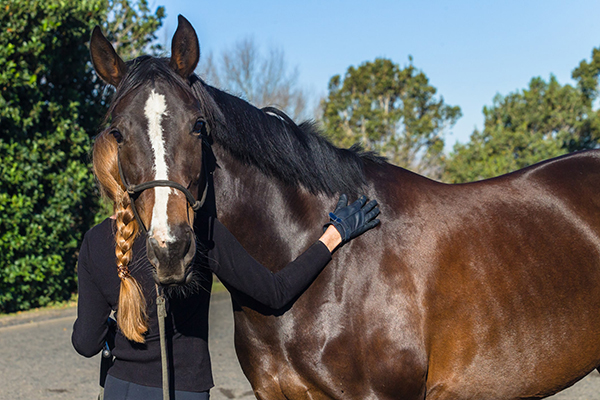
Horses primarily come into contact with natural rubber latex on artificial riding surfaces, like arenas and racetracks. Urbanized environments, which also have higher levels of breathable latex from car tires, have been identified as a risk factor in sEA, as well.
Continue reading …Cross Training For Competitive Equines?
December 23, 2019 Comments Off on Cross Training For Competitive Equines?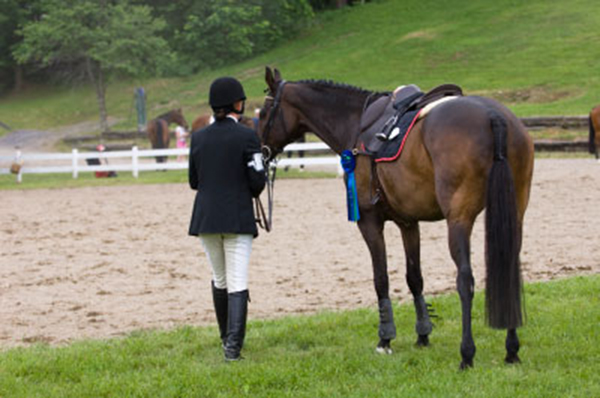
“Whether it be a football player studying ballet or a dressage horse learning to work cows – cross-training is a central pillar to athletic success and longevity.” – Dr. Brianne Henderson BVMS MRCVS, Ferguson Equine Veterinary Services & Toronto Equine Hospital
Continue reading …President Trump Signs First Federal Anti-Cruelty Statute Into Law
December 20, 2019 Comments Off on President Trump Signs First Federal Anti-Cruelty Statute Into Law
“We have a responsibility to honor the dignity of God’s creation,” said President Donald J. Trump. “With today’s act, we take the critical step toward being more responsible and humane stewards of our planet and all who we want to cherish and take care of, and all of those who live on it.”
Continue reading …